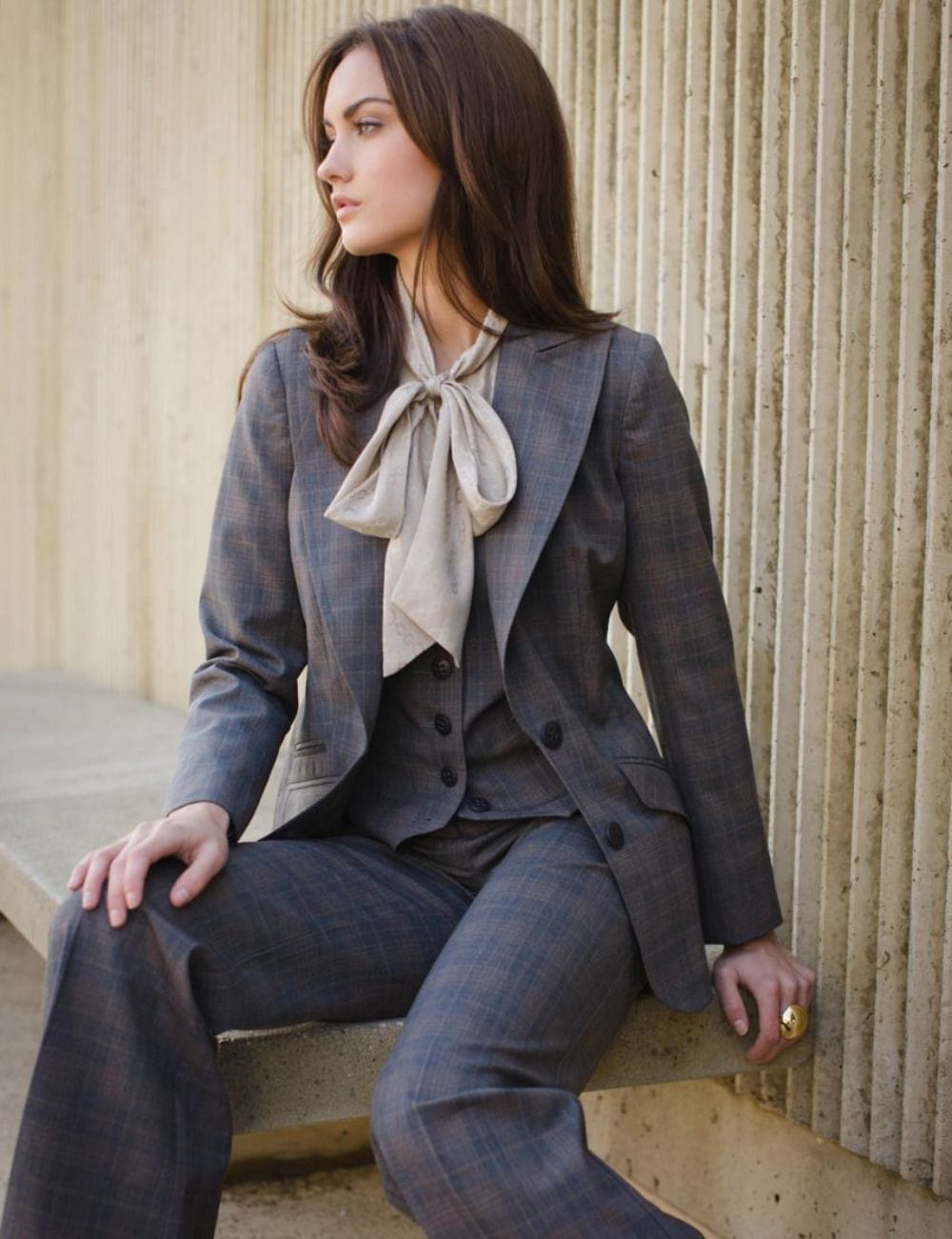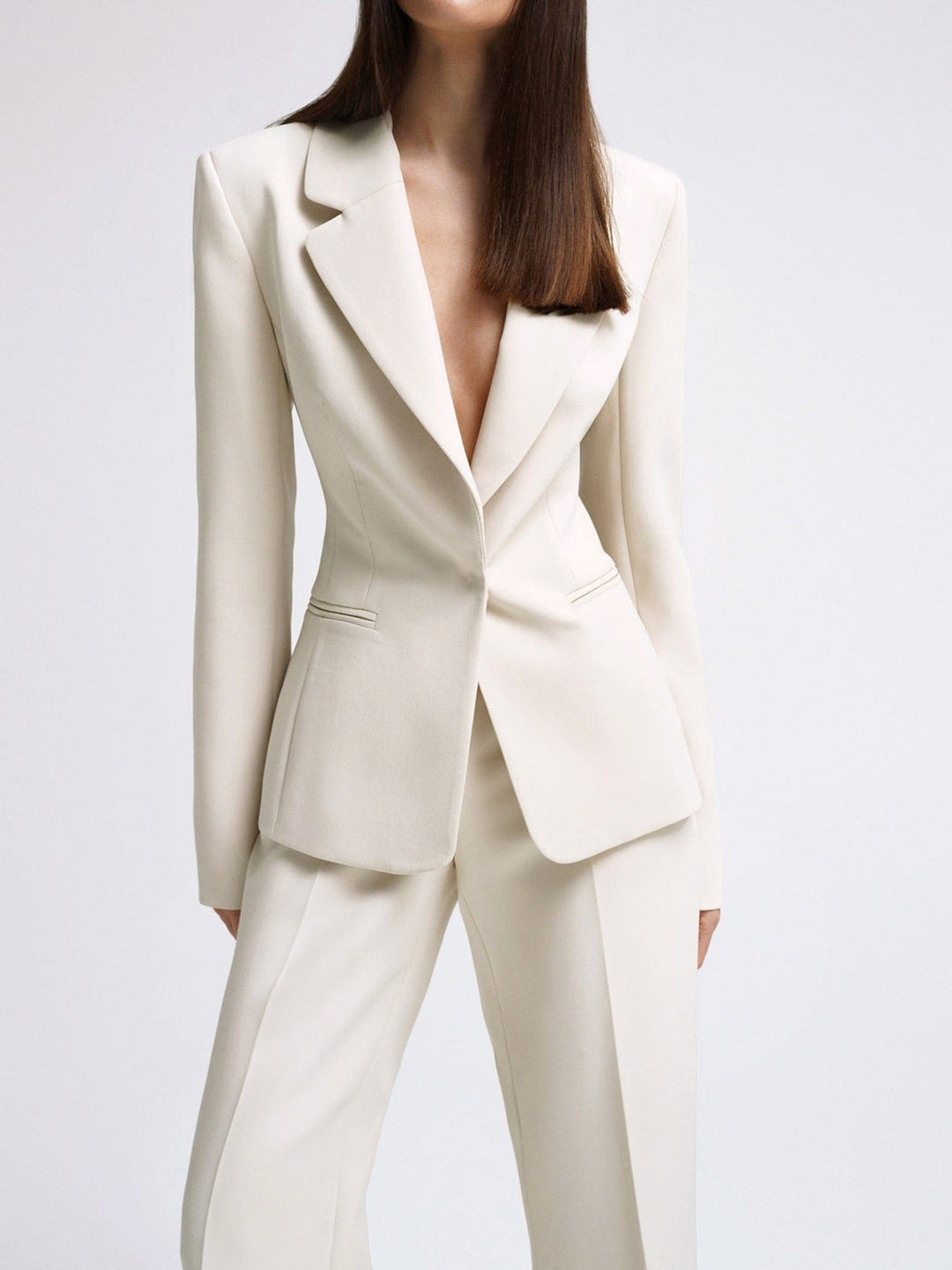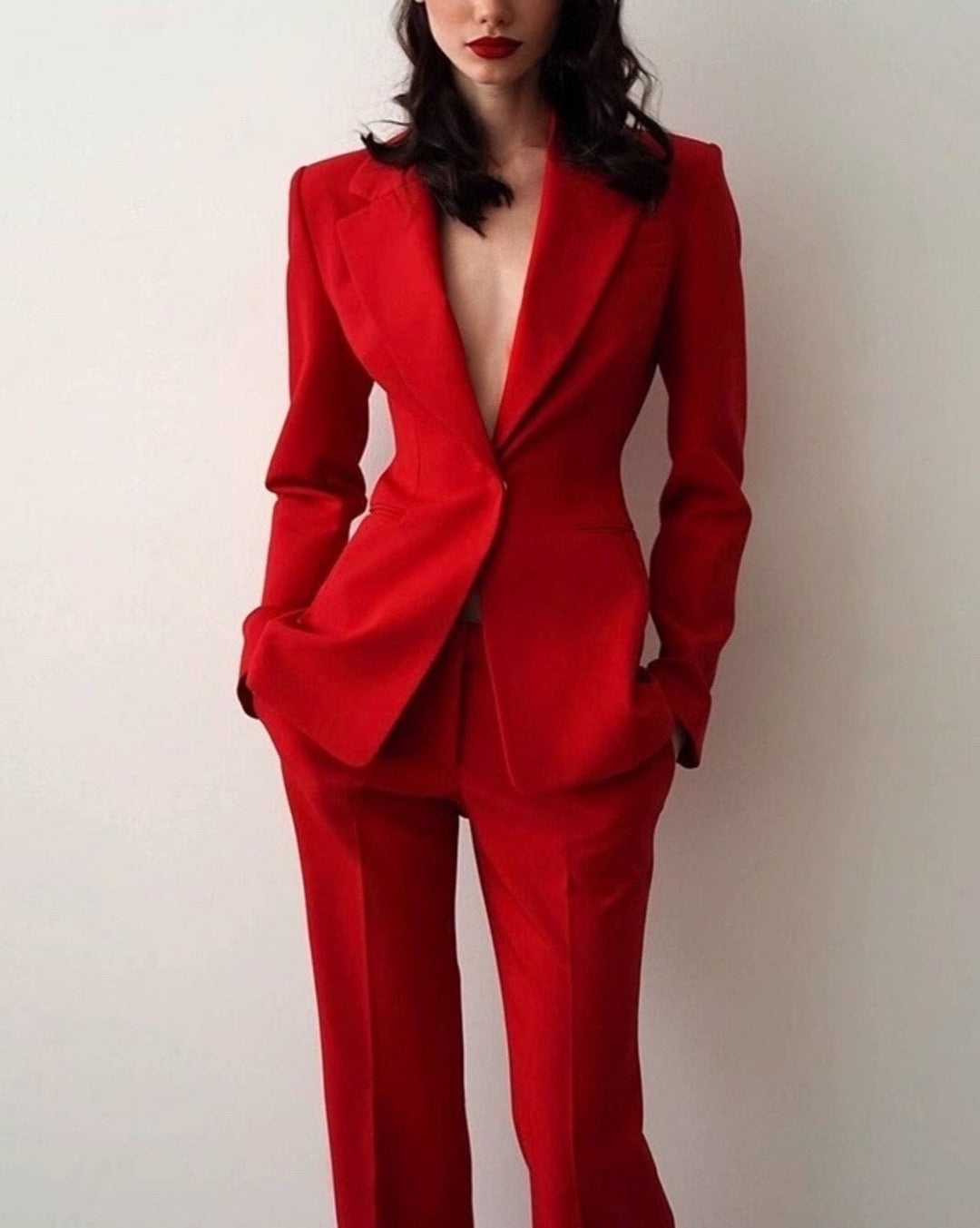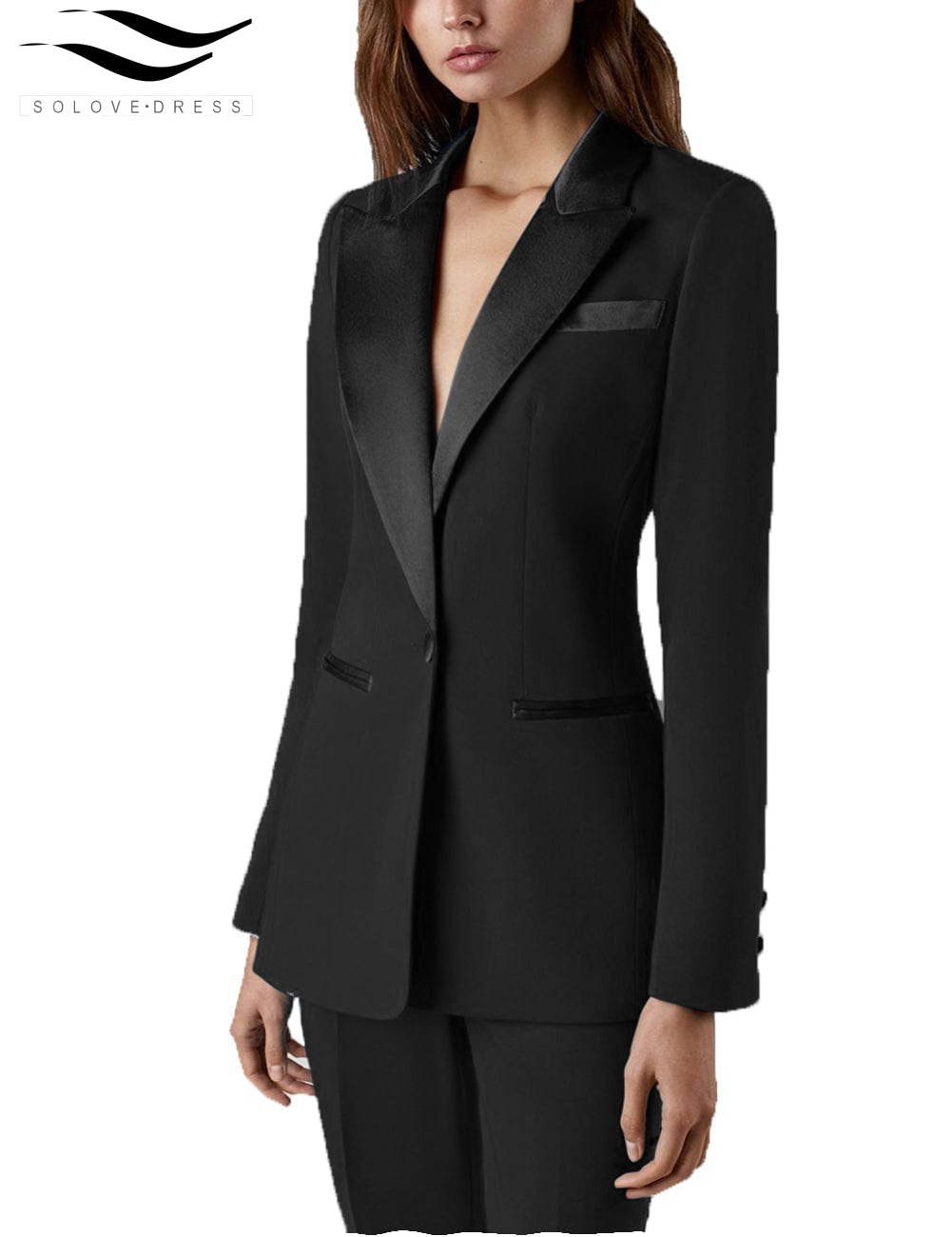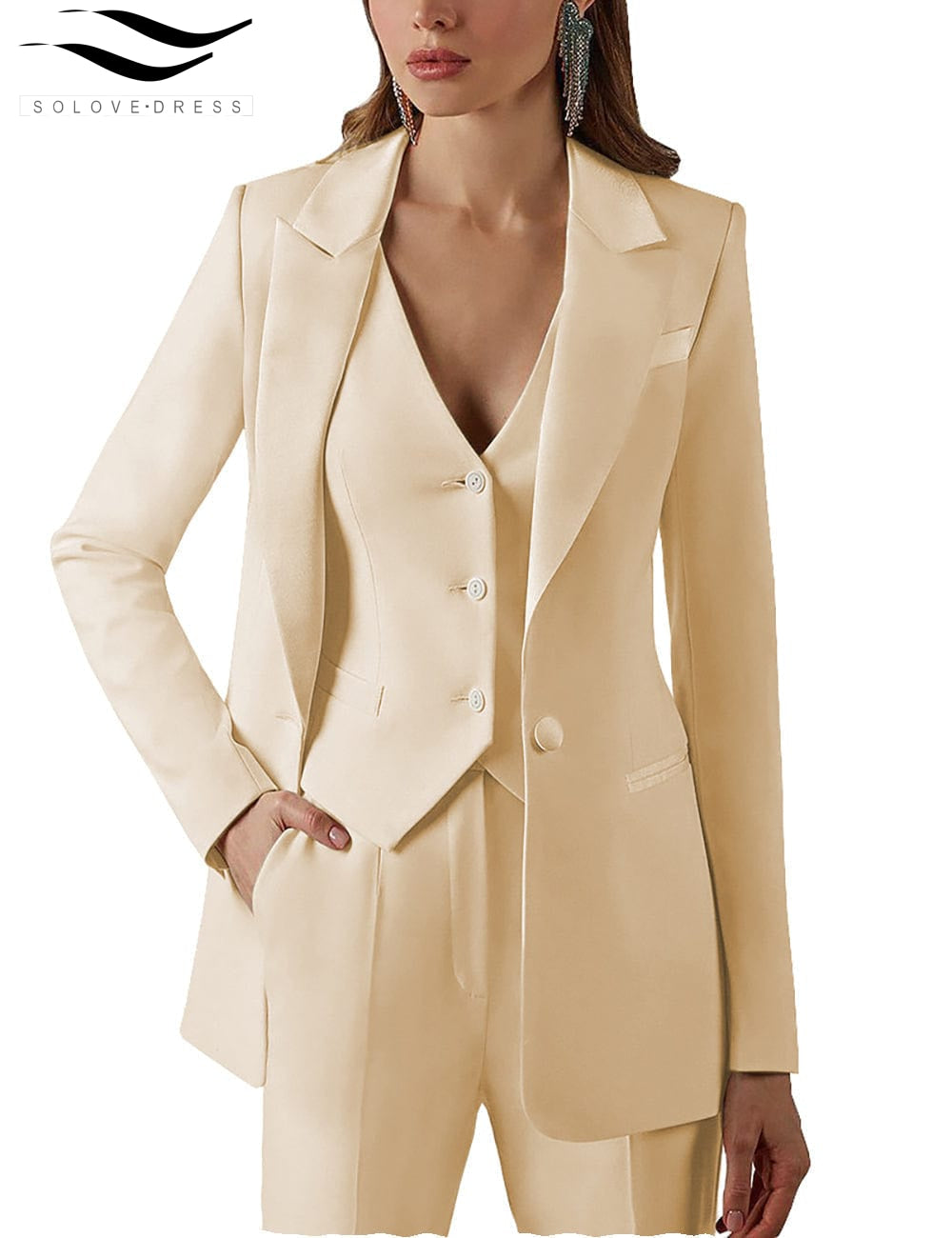The Evolution of Women's Suits: A Stylish Journey
Overview
The blog explores the evolution of women's suits from symbols of power in the late 19th century to modern versatile fashion statements. It highlights historical milestones, influential figures, and current trends emphasizing personalization, sustainability, and gender fluidity in design. Key takeaways encourage women to reflect personal style, embrace experimentation, and consider eco-friendly options in their wardrobe choices.
Frequently Asked Questions
1. What is the historical significance of women's suits?
2. Who were some early adopters of women's suits?
3. How did the women's suit trend evolve in the 1960s and 1970s?
4. What characterized women's suits in the 1980s?
5. What are some current trends in women's suits?
The history of women’s suits is a fascinating thread that weaves through the fabric of fashion, society, and feminism. What started as a symbol of power and authority has transformed into a versatile representation of modern femininity. In this article, we will delve into the evolution of women's suits, exploring the significant milestones that shaped their design, significance, and the various styles that prevail today.
The Historical Significance of Women's Suits
The emergence of women’s suits can be traced back to the late 19th and early 20th centuries when pioneering women began to challenge traditional gender roles. During this time, women entered the workforce in larger numbers, and clothing needed to adapt accordingly.
Fashion houses began to realize that women desired outfits that not only exuded professionalism but also allowed freedom of movement. Thus, the foundation for women’s suits was laid with the introduction of tailored designs in fabrics like wool and tweed.
Early Adopters: The Beginning of Power Dressing
In the 1920s, the 'flapper' movement ushered in a new era of women’s attire. Women started to embrace short skirts and more tailored clothing. This attitude shifted further in the 1930s and 1940s when iconic figures like Marlene Dietrich and Katharine Hepburn popularized the women’s pant suit.
- Marlene Dietrich - Known for her daring outfits, she often sported suits that challenged the conventional notions of femininity.
- Katharine Hepburn - She made trousers part of women’s fashion, becoming a symbol of the modern woman with her androgynous elegance.
These early pioneers were significant in showcasing how suits for females could embody strength while still maintaining elegance and style.
The 1960s and 1970s: Suits Become Mainstream
The 1960s and 70s emerged as pivotal decades in the evolution of women's suits. This era saw the feminist movement coming to the forefront, and with it, the acceptance of women donning suits in both professional and social settings.
Iconic Styles of the Era
Designers like Yves Saint Laurent introduced the iconic “Le Smoking” tuxedo jacket in 1966, which was a revolutionary design that allowed women to wear suits in a manner that was both chic and rebellious. As a result, women’s suits began to be seen not just as a fashion statement, but as a tool for empowerment.
The practicality and style of the pantsuits women wore during this time laid the groundwork for future trends. This was also the time when suits began to be recognized in women’s clothing alongside dresses and skirts.
The 1980s: Boldness Meets Feminism
As the 1980s approached, the power suit era took off, with shoulder pads becoming a central theme. Aimed at projecting strength and authority, women’s suits became an essential part of business attire.
The Influence of Popular Culture
Throughout this decade, women were increasingly represented in corporate environments. As a result, suits for females were designed not only for the workplace but also to make a bold fashion statement. Iconic figures such as Barbara Streisand and Joan Collins cemented the power suit as a hallmark of success.
- Shoulder Pads - The exaggerated shoulder lines enhanced the powerful look.
- Bold Colors - The daring colors made women stand out in traditionally male-dominated spaces.
This era played a crucial role in solidifying the concept of women suits as a part of wardrobe essentials that embraced femininity while demanding respect in professional settings.
The 1990s to Early 2000s: Diversity in Styles
The 1990s and early 2000s saw a shift towards a more relaxed and diverse approach to women’s suits. Casual styles began to dominate, with innovations in fabrics and cuts. This change reflected a more casual workplace environment where comfort was as important as style.
Rise of the Contemporary Design
Pantsuits women donned became more versatile, with the popularization of softer fabrics and looser cuts. The iconic Pamela Anderson and Jennifer Aniston showcased how a relaxed suit could be both chic and accessible. The perception that suits were only for the corporate world began to fade.
Tailored trousers, chic blazers, and stylish accessories allowed women to express individuality even within the confines of suits for females. Fashion-forward trends, such as printed pantsuits, became increasingly popular, showcasing the idea that women’s suits could reflect personal style.
Modern Trends: Personalization and Versatility
Fast forward to the present day, and women’s suits have become infinitely more varied. Contemporary styles allow for personalization in a way that traditional structures once restricted. Today, women can mix and match elements, creating a look that is all their own.
Popular Trends in Women’s Suits Right Now
- Relaxed Fits: Modern suits increasingly feature relaxed fits and oversized silhouettes.
- The Athleisure Influence: Sportswear elements are being incorporated into traditional suit designs, making them comfortable without sacrificing style.
- Bold Patterns and Textures: From floral prints to vibrant colors, contemporary styles allow for more experimentation.
- Gender Fluidity: The stigma attached to gender-specific clothing is diminishing, with women embracing traditionally masculine styles in a new light.
Today’s women suits embody a range that can cater to a morning meeting, an evening outing, or even casual hangouts. The versatility of suits women’s clothing has made them integral to wardrobes everywhere.
Embracing Sustainability in Women's Suits
As fashion evolves, sustainability has become a crucial element. Environmentally conscious consumers are now looking for suits that not only look good but are also made from sustainable fabrics. Brands are responding to this demand with eco-friendly materials and ethical manufacturing processes.
The combination of contemporary design and sustainable practices reflects a growing trend among consumers who are passionate about both style and responsibility. This resonates particularly well with the younger generations who are committed to fighting climate change.
Future Perspectives: The Ongoing Evolution
The evolution of women’s suits is ongoing and ever-changing. With movements towards inclusivity, sustainability, and innovative designs, the future appears bright for suits for females. As the landscape of work and leisure continues to shift, women's suits will likewise adapt, pushing the boundaries of conventional attire.
Key Takeaways for the Modern Woman
- Choose pieces that reflect your personal style while embodying empowerment.
- Don’t shy away from experimenting with colors, patterns, and fits.
- Consider sustainability when selecting your women’s suits, as eco-friendly options are becoming widely available.
- Embrace the versatility of suits, allowing you to dress up or down based on the occasion.
As we step into the future, the legacy of women's suits promises to offer women a canvas of expression, strength, and individuality, combining the best of both the past and the contemporary styles. Your wardrobe is more than just clothing; it’s a statement of your journey and the spirit of the fierce and fashionable woman you are!


